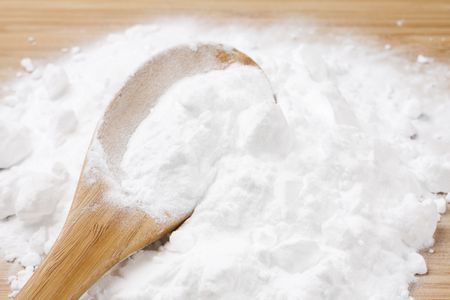Baking Soda:
There is only one ingredient in baking soda and that is sodium bicarbonate. Sodium bicarbonate is a base and it reacts when it comes into contact with any acids, like vinegar, yogurt or buttermilk. This reaction when occurs produces carbon dioxide in the form of bubbles. Whenever we use baking soda in making baked goods, the process that occurs is called “chemical leavening,” because the entrapped of the CO2 gas makes the batter or the dough to rise.
Baking soda reacts immediately with acid and that is the main problem when using baking soda.
Baking Powder:
The difference between baking soda and baking powder starts as the baking powder contains sodium bicarbonate in it but also contains two acids in it. One acid is the mono-calcium phosphate. This acid does not react with baking soda while just dry it. But when the baking powder is mixed into a wet batter these two ingredients starts a chemical reaction that is called chemical leavening. In simple words, baking powder is simply the double-acting ingredient.
When the chemical leavening process starts, the baking powder also contains a second acid, either sodium aluminum sulfate or sodium acid pyrophosphate. But no one of its acids react to sodium bicarbonate until its starts becoming hot.
Differences between Two:
In simple words, baking soda starts working immediately as added to any mixture. But baking powder is simply the double-acting ingredient and it reacts in two phases. Some of the gas of the baking powder is released when it is added to the batter while the majority of the gas releases when the temperature of the batter or dough increases in the oven.
How to know that what to use in the recipe, baking powder or baking soda?
Baking soda is basic and reacts with acids so that you will find it to be mostly used in cookie recipes while baking powder contains both the acid as well as the base. That is the reason, it is mostly used in cakes and biscuits recipe.
